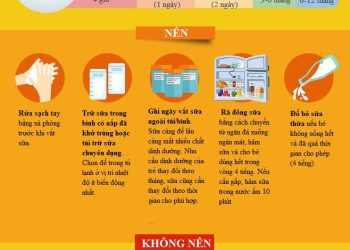Coin errors occur during the minting process and can result in valuable and interesting specimens for collectors. However, it’s crucial to differentiate true mint errors from post-mint damage (damage that happens after the coin leaves the mint), as post-mint damage holds no value for collectors.
Here’s how to identify different types of coin errors:
Planchet errors are defects in the blank coin disc before it is struck.
- Clipped Planchet: A portion of the planchet is missing, either due to a miscut from the metal strip or an overlapping punch during production. [Clipped planchets can be straight or curved].
- Wrong Planchet: A coin is struck on a planchet intended for a different denomination or metal composition. A 1943 Bronze Lincoln Cent is a famous example.
- Split Planchet: Impurities within the planchet metal cause it to split before or after the strike. A split before the strike will result in a thin coin with design on both sides, while a split after will have a normal strike on one side and a blank, rough surface on the other.
- Missing Clad Layer: A clad coin (like dimes and quarters) is missing one of its outer layers, exposing the copper core.
Die errors originate from defects in the coin die itself.
- Doubled Die: A die receives multiple, slightly misaligned impressions from the hub, resulting in a doubled appearance of elements like dates, lettering, or designs. The 1955 Double Die Obverse Lincoln Cent is a well-known example with distinct doubling of the date and inscription. This differs from double-struck coins, where the coin is struck multiple times by a correct die.
- Die Crack/Break/Cud: Cracks or breaks in the die can create raised lines or blobs of metal on the struck coin. A cud is a raised, rounded area near the rim where a piece of the die has broken off.
- Die Clash: The obverse and reverse dies strike each other without a planchet between them, leaving parts of each design impressed onto the opposing die.
- Missing Design Element (Filled Die/Strike Through): Grease or foreign objects fill the recesses of the die, preventing the full design from being struck onto the coin, [leading to missing elements like mint marks or letters].
Strike errors occur during the actual striking of the coin.
- Off-Center Strike: The planchet is not centered correctly on the die during striking, causing the design to be off-center and part of the coin to be missing.
- Broadstrike: The collar, which holds the planchet in place, malfunctions during striking, causing the metal to spread outward and resulting in a coin with a plain edge.
- Multiple Strike: The coin is struck multiple times, either partially or fully, resulting in multiple images on the coin.
- Brockage: A previously struck coin fails to eject and gets pressed into a new planchet, leaving a mirror image of one side on the new coin.
- Double Denomination: A coin is struck by dies of two different denominations.
- Visual Inspection: Examine the coin closely for any unusual features, like doubling, missing elements, or off-center strikes. A magnifying glass or loupe can help reveal finer details.
- Compare to Known Examples: Use images and descriptions of authenticated error coins as a reference.
- Consult Experts: If you’re unsure about a potential error, seek the opinion of a reputable coin dealer or numismatic expert.
- Distinguishing between errors and varieties can sometimes be challenging, as variations in dies can also lead to subtle differences on coins. Varieties are reproducible differences caused by the die itself, while errors are imperfections in the manufacturing process.
- Post-mint damage, such as scratches, dings, or alterations made outside the mint, are not considered errors and typically do not add to a coin’s value.
By carefully examining your coins and consulting reliable resources, you can increase your chances of finding valuable and interesting error coins for your collection.









How to check coins to see if they are worth anything?
Hire a professional appraiser to grade your coins and tell you how much it is worth. The American Society of Appraisers and International Society of Appraisers have searchable directories of professional appraisers. A dealer might also be able to help.
What is the coin app that detects errors?
From my experience, With 300,000+ coin types covered and 99% recognition accuracy, CoinSnap makes identifying and valuing coins effortless. Ever wondered if that old coin in your drawer is valuable? Or if a misprint on your coin makes it a rare collector’s item?
What does the planchet error look like?
A coin is described as having a planchet error when there are imperfections or damage that occurred before the coin was struck, namely during the production of the planchet. These include bumps, nicks and impurities of the metal.
Why is the 1984 $1 coin rare?
Thanks for asking. The rare 1984 $1 coin was struck on a 10-cent blank in error, instead of a $1 blank, meaning the coin is silver rather than gold.